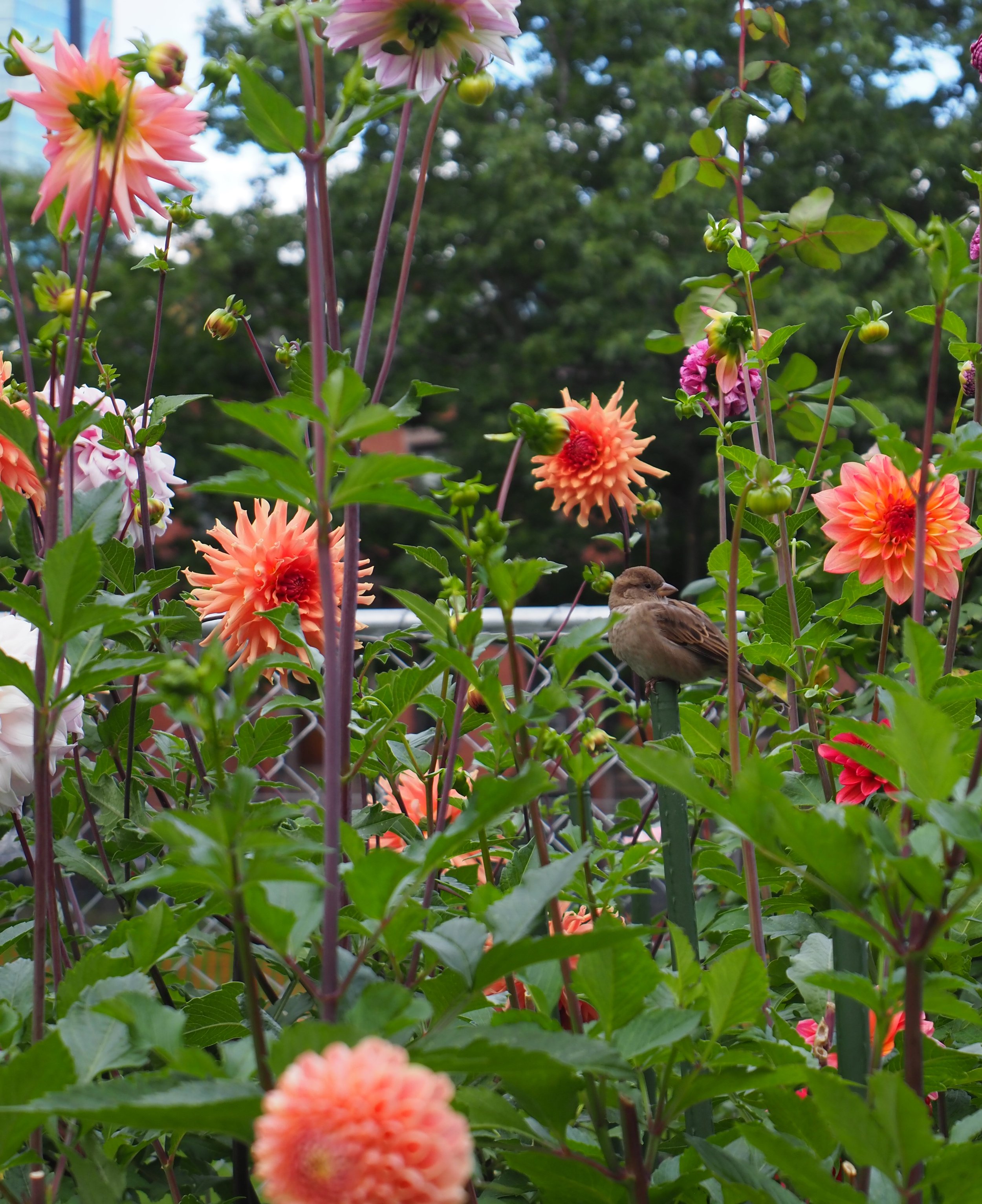
Who Was Titus Sparrow?
Titus Sparrow was born in 1906, and as a young child, battled a difficult case of Rickets at age five, rendering him unable to walk. Thankfully, a successful surgery resolved the disease, and it was written from that point forward; Titus started walking and running, and never stopped. Titus graduated from MIT, majoring in the design of special tools for electronics. He taught machine design in Europe and lived in Russia for four years in the 1930;s, teaching tool and die making, this during an era where Russia was trying to learn to industrialize. While there, he worked towards laying out tennis courts for use by regular people; prior to the Revolution, tennis in Russia was for nobility only.
Upon his return, Titus was a leading tennis player throughout New England in the 1930’s and 1940’s, and a tennis official of the Old Boston Tennis Club and the Roxbury Sportsmen. In 1956, Titus was the first Black Umpire for the US Tennis Association, and officiated at the Longwood Tennis Club in Brookline, the US Open in Forest Hills, and the Davis Cup. His numerous awards included Sport Magazine’s Award for Civic Achievement (1968), the New England Tennis Association’s New England Gardner Clase Bowl (1969) for exceptional contributions to the game, and the McGovern Award for outstanding tennis official (1971). The Bangboard at Franklin Field was named in his honor in 1974, and Titus was inducted into the USTAV New England Hall of Fame inductee in 1993.
Titus’ lasting, enduring commitment to Boston was through tennis. He began tennis programs for children at Carter Field in Roxbury, and helped form the Sportsmen’s Tennis Club, which for decades, taught tennis to thousands of city children for free. Titus worked with the city, while battling the bureaucracy. In June 1968, Boston had only 25 usable courts, a source of frustration since Franklin Field alone once had 32. Incredibly, you were expected to bring your own tennis nets! “What poor kid has a tennis net?” Titus was reported to say at the time. As Carter Field deteriorated, two courts were constructed in Boston Common, with lights for night play, much to Titus’ chagrin, and speaking to Boston’s unfortunate history on race.
It was perhaps in St. Botolph and South End where Titus Sparrow’s lifelong dedication to community was most apparent. Titus lived much of his life at 9 Durham Street, notable for the poem on his door, “Dry, rain, snow or sleet, before you enter, wipe your feet.” In the 1960’s, Titus was a member of the St. Botolph Citizens Committee, chairing its subcommittee on litter removal. He pressed his neighbors to dispose of litter properly, in his own words saying, This poor Black area gets no attention from the City.” He led by example, often cleaning the area himself.
Titus also worked with the police to combat prostitution, rowdyism and street crime. It should be noted that the St. Botolph section of Back Bay and the South End were drastically different from the present day. A grittier, more economically challenged area, often ignored by the city, the Penn Central railroad tracks instead of our beautiful Southwest Corridor dividing the two communities, with the ominous threat of the 12 Lane South End Highway Bypass looming.
Titus Sparrow Park has its own unique history; the park was built on rubble. Boston’s ill-fated urban renewal of 1966 tore down eight houses on both West Newton and West Rutland Streets, with the intent of creating public and elderly housing. Instead, for over seven years, half the lot was empty, and used for illegal dumping, the other half paved for parking for the Prudential Center. By the early 70’s, Titus, along with Durham Street neighbors Michael Joliffe and Ray Willingham, convinced the city to build a park instead, working with the four surrounding neighborhoods and the Union Methodist Church. Titus Sparrow passed away in 1974, before the park was completed and named for him posthumously in 1976. A fitting and well-deserved tribute.
Sources:
African Americans in Boston: 350 Years by Robert Hayden
South Enders Remember, edited by Gard Hartmann
Once Upon a Neighborhood by Alison Barnet
Boston Globe database

